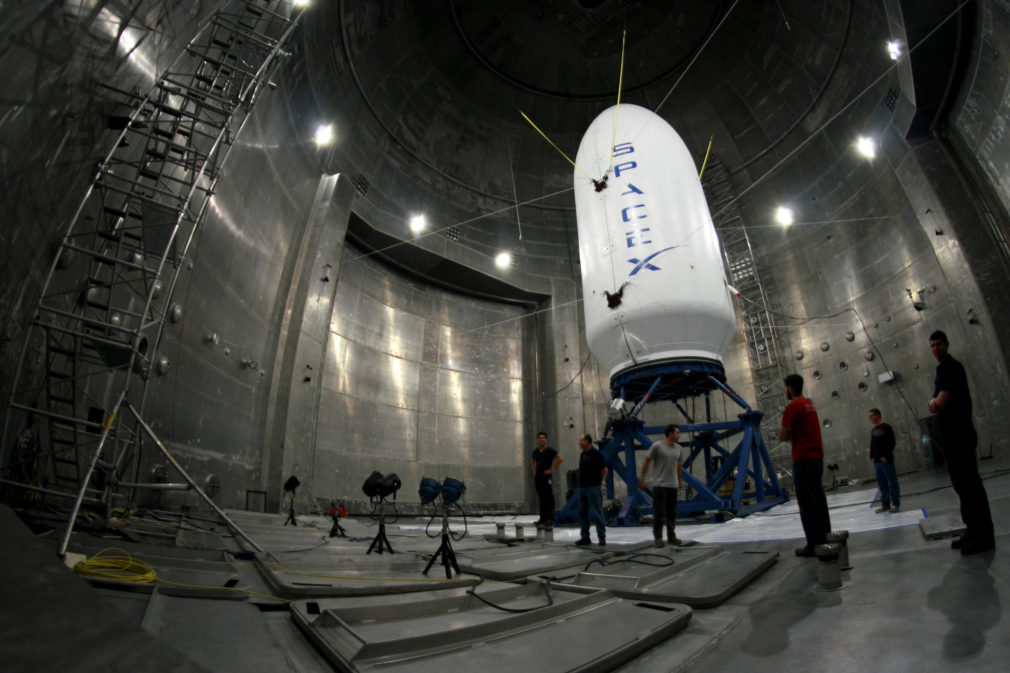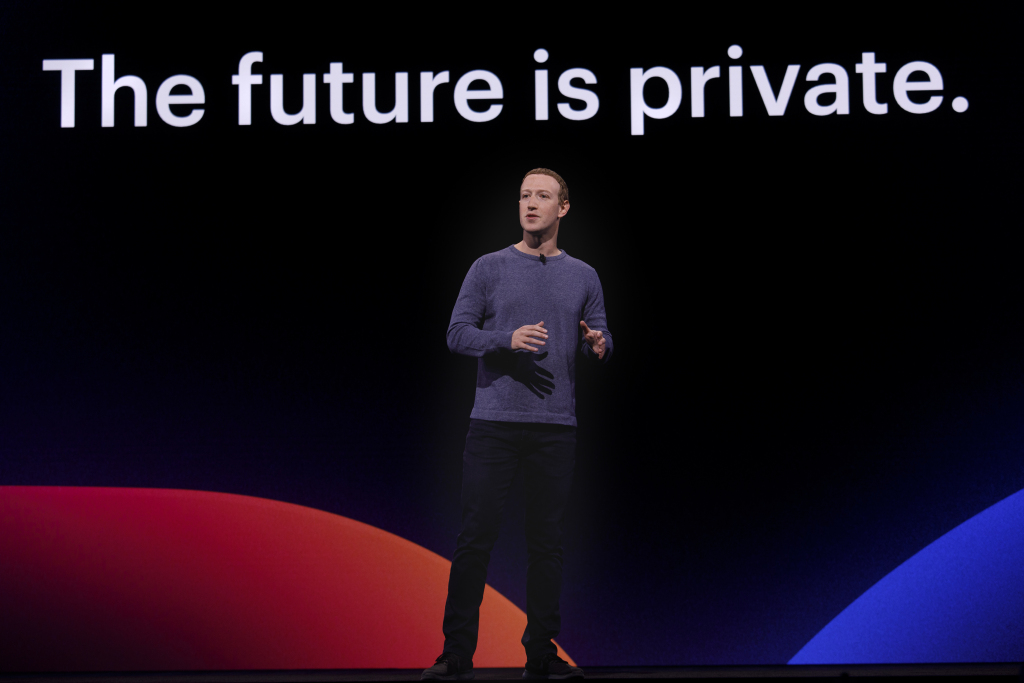SpaceX CEO Elon Musk, on Monday, tweeted that he would do a presentation on Starship’s update “a few weeks after Hopper hovers” which is probably “late July”.
In November 2018, SpaceX CEO Elon Musk, renamed the BFR (Big Falcon Rocket) and named the two stages as Super heavy rocket and Starship respectively. Starship refers to the second stage (upper stage or spaceship) of SpaceX BFR while its rocket booster is called Super Heavy rocket. Starship is meant to carry cargo and passengers for future long duration SpaceX missions.
Musk wants to use the craft as a means of establishing bases on Moon and Mars. Also, Starship will be able to make trips to Earth and back on its respective bases. As the gravity on Mars and Moon is weaker compared to Earth, Starship won’t need Super Heavy to achieve optimum escape velocity.
Starship’s test rocket version dubbed StarHopper (or more conveniently called Hopper) is currently being tested. Hopper is meant to ‘hover’ a few centimeters above the ground, so as to tests its usability. It is not meant to be tested on high altitudes. Musk tweeted on Sunday that the vibration problem which was persistent in Hopper’s engine (Raptor) has been resolved.
Jonathan Hofeller, VP of commercial sales, SpaceX, at an APSAT conference in Indonesia last month said, “We have future hops coming up later this year. The goal is to get orbital as quickly as possible, potentially even this year, with the full stack operational by the end of next year and then customers in early 2021.”
Starship is supposed to play a key role for SpaceX’s private flights including the first private lunar passenger flight in 2023. And eventually replace Falcon 9, Falcon Heavy and Dragon. With Musk’s tweet it seems that SpaceX will soon advance on its plan for testing Starship if all goes well with Hopper.
The Tech Portal is published by Blue Box Media Private Limited. Our investors have no influence over our reporting. Read our full Ownership and Funding Disclosure →






